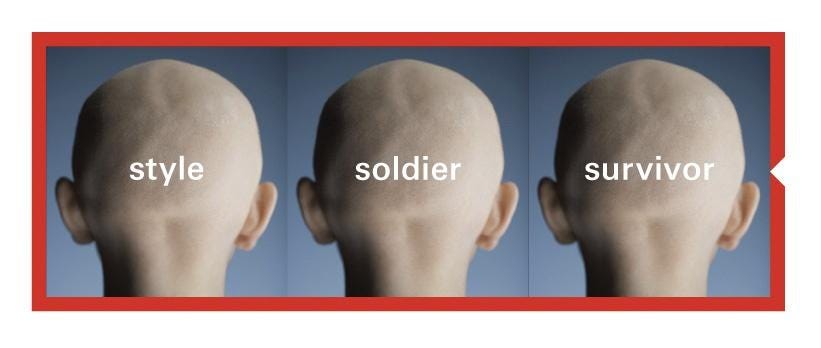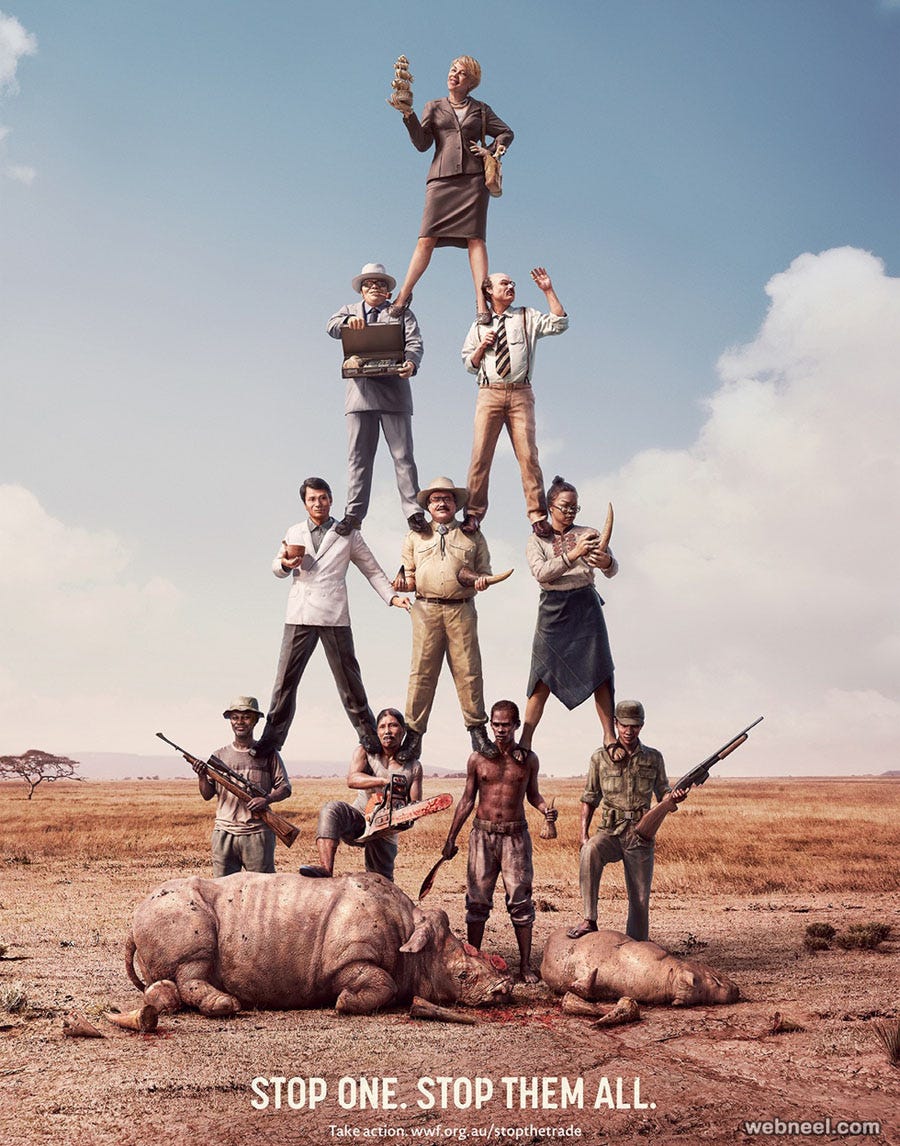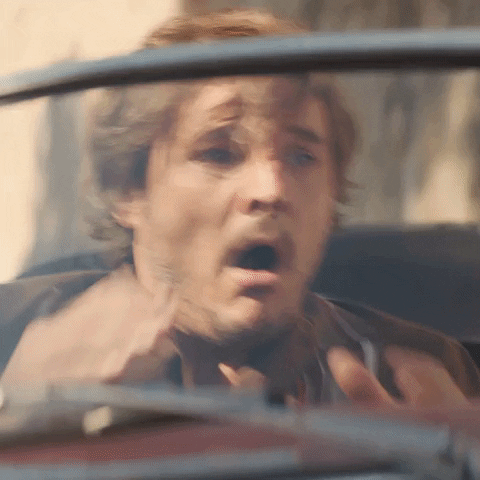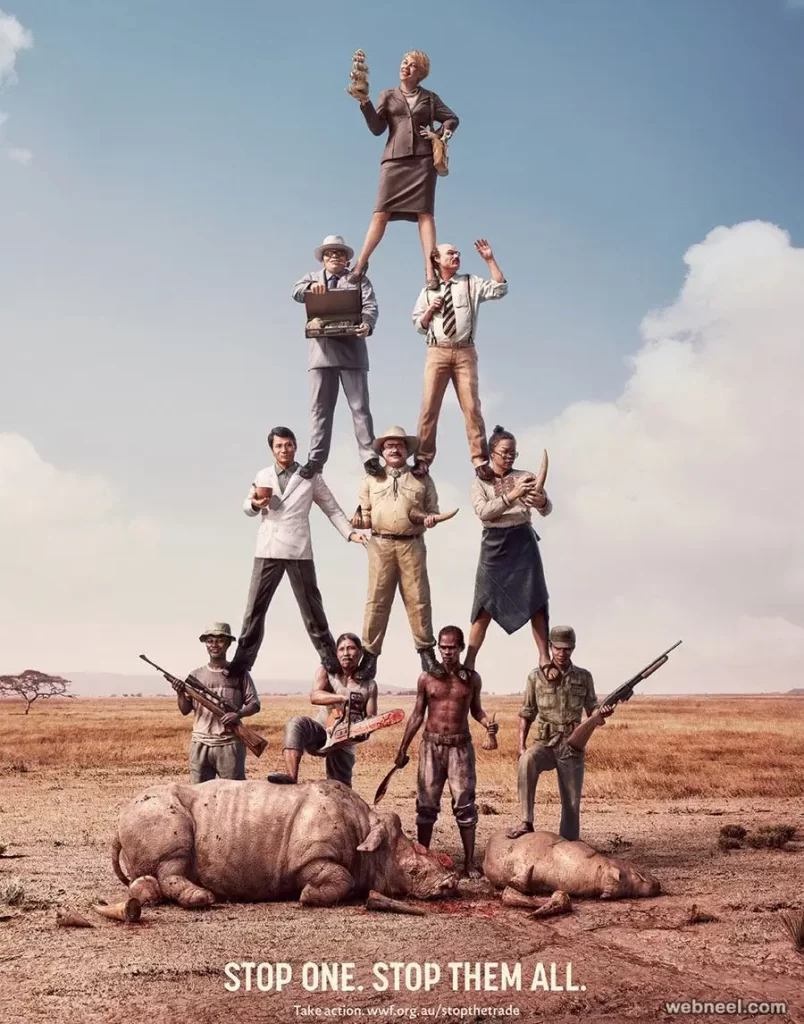The Seen and the Unseen is a podcast by Amit Varma. I listen to it everyday and learn a lot from it. This newsletter is inspired by the podcast’s title, which in turn has been inspired by Bastiat’s writing.
Bastiat developed the idea of the seen and the unseen in his book, The Law. He used this concept to explain the concept of opportunity cost. He refers to the immediate effect of any action as what is seen, and the effects that follow over time as the unseen (the opportunity cost).
He says that good economists consider both the seen and the unseen and so take better decisions. He goes on to say that if the immediate effects of any decision are good, then effects over time are bad and vice versa. That’s why, he says economists have to strengthen their foresight muscle.
In the department of economy, an act, a habit, an institution, a law, gives birth not only to an effect, but to a series of effects. Of these effects, the first only is immediate; it manifests itself simultaneously with its cause — it is seen. The others unfold in succession — they are not seen: it is well for us if they are foreseen. Between a good and a bad economist this constitutes the whole difference — the one takes account of the visible effect; the other takes account both of the effects which are seen and also of those which it is necessary to foresee. Now this difference is enormous, for it almost always happens that when the immediate consequence is favorable, the ultimate consequences are fatal, and the converse. Hence it follows that the bad economist pursues a small present good, which will be followed by a great evil to come, while the true economist pursues a great good to come, at the risk of a small present evil.
Exploring this timeless idea led me to all sorts of rabbit holes. In the context of the unseen, we live our days bouncing between two states. The first is wilful blindness, the second is fear of the future.
- We design the micro moments of our life mainly around what we can see, feel, touch and taste. In doing so, we are happily blind to unseen consequences. Unlike Bastiat, I believe this leads to both helpful and harmful unseen results. All this in this edition.
- When it comes to big life decisions, we are paralyzed by fear of the unknown. Life experiences can help us reduce the surface area of the unseen. Is there anything else we can do to shrink this surface area? Scheduled for the next edition.
Let’s dive in.
The helpful: Showing the unseen builds powerful brands
The art of marketing is all about appealing to the unseen within us. Marketers call the unseen, an insight. An insight is something that rings true when we see or hear it, but we would not have been able to express it that way ourselves.
So when a brand’s advertising shows us our hidden parts in an entertaining or even a provocative way, we start liking the brand a little bit more. Insightful advertising leaves us feeling a little bit surprised, a little bit more ‘awake’, as if the unseen part was a little bit asleep within us.
This HSBC campaign is my most favorite campaign of all time. It’s based on the insight – don’t judge based only on appearances, take time to look beneath the surface.

The Guardian’s campaign was based on the same insight, executed differently, and said – there is more to every situation than meets the eye.
The harmful: Making the unseen seen, should make us responsible, but doesn’t
We live our lives within a ~50km radius. But there is a larger reality beyond our bubble which impacts us sooner or later. We ignore these unseen effects because we believe that bad things happen only to other people, never to us.
In these situations, governments and companies resort to shocking us out of our inertia and bad habits. Here are a few examples.
This powerful and tragic ad brings alive the lives of millions grappling with water shortage.
This ad from Hindustan Unilever underlines this message again, in a different way.
WWF Australia shows us the capitalist pyramid (unseen to the leather purse shopper) that feeds off of the blood of innocent animals.

Even without seeing these ads, we know these facts intellectually. But we still can’t bring ourselves to change. We continue to waste water, we continue to buy leather and we continue to keep the lights on even when we don’t need them.
This is the harm of the unseen. Unless we feel the pain ourself, we don’t change.
The helpful: signals help us believe the unseen
Our brain tells us what we can’t see, can’t kill us. And germs are invisible. That’s why, it took decades for even doctors to adopt antiseptic and handwashing.
Technologists have done a great job of building proof of potency into products that do a great job of the unseen – cleaning and disinfecting. A few examples come to mind.
- We believe in the germ killing sting of Dettol.
- We look forward to the eye watering Listerine burn each night, believing it fights cavities while we sleep.
- We like that Pepsodent G does not taste as minty fresh as others because it is a harder working specialized toothpaste.
- The dirt that Dyson sucks out of the carpet is visible immediately in its transparent body.
This dance between the seen and the unseen was used to develop the Broken Windows Policing method. According to the Economist, Mr.Kelling, a criminologist and James Wilson, a social scientist, developed the Broken Windows Theory. They said that an unrepaired window is a signal that no one cares and that policing is lax. So when a broken window is left unrepaired, the rest of the windows will soon be broken too. Therefore, it is just a matter of time before bigger crimes like robberies and murders take root in these neighborhoods.
New York City applied this theory to control crime. The city police started coming down heavily on small misdemeanors. They discovered that nabbing ‘small time’ criminals led them to bigger ones and over time, led to a clean up of the entire city. In this way, by sanitising the ‘seen’, the unsanitary ‘unseen’ was eliminated.
The harmful: false positives fool us into trusting even when we should not
Like infection that lurks unseen, criminal behavior is invisible, until we become its victim.
We believe the unseen is ok, when the seen matches our worldview of ‘normal’. We tell ourselves that ‘normal’ people dress, talk, and behave a certain way. Paradoxically, criminals hide in plain sight by behaving like ‘normal’ people. We get taken in by these signals of normalcy and risk our money, livelihoods and even our lives.
Many serial killers are able to successfully hide out in plain sight for extended periods of time. Those who successfully blend in are typically also employed, have families and homes and outwardly appear to be non-threatening, normal members of society. Because serial killers can appear to be so innocuous, they are often overlooked by law enforcement officials, as well as their own families and peers.
Why We Love Serial Killers: The Curious Appeal of the World’s Most Savage Murderers, by Scott Bonn.
The harmful: wilful blindness to consequences of today’s excesses
With habits that border on the excessive, we are hurtling down the road of bad consequences with our eyes tight shut. We believe if we can’t see it today, it won’t happen to us.
We even ignore foresight from science and the expriences of others. The warning images on cigarette packs don’t stop us from smoking. We know that drinking and driving is dangerous. But this does not stop us from doing the exact same thing most weekends. Junk foods, mindless social media scrolling, binge watching Netflix… all compound over time, into not so great unseen consequences.

The solution is easy to say, but difficult to execute.
Like everything in life, if you’re willing to make a short-term scarifice, you’ll have a long-term benefit. My physical trainer…always says, ‘Easy choices, hard life; hard choices, easy life’.
Naval Ravikant
Doing the right thing is hard. I infact, struggle with this everyday. Yet, I don’t know a single successful person, who has not sacrificed present indulgences in the path to success.
Nothing more needs to be said on this, except if you have not read Atomic Habits yet, please do, during the Christmas break.
In summary, we live for instant gratification and are wilfully blind to the harmful effects of the unseen
Like the bad economists Bastiat wrote about, it seems that when it comes to our own behaviors, we are controlled by immediate gratification.
- we believe germ kill products work because of their potent sensorials
- we accept unbroken windows as signals of a crime free neighborhood
- we chuckle at advertising that makes our biases visible to us
And when the unseen is good, we all get to live happily ever after.
But we are happily and wilfully blind to unintended bad consequences when the ‘seen’ seems normal
- we welcome criminals into our lives and even trust them
- we happily continue to ignore doom and gloom that is already here, climate change, water shortage and animal cruelty
- we continue to indulge ourselves in excesses everyday
What then can we do, to live a life that’s more mindful of unseen consequences?
For this, we will have to reduce the surface area of the unseen.
That’s for next time.
